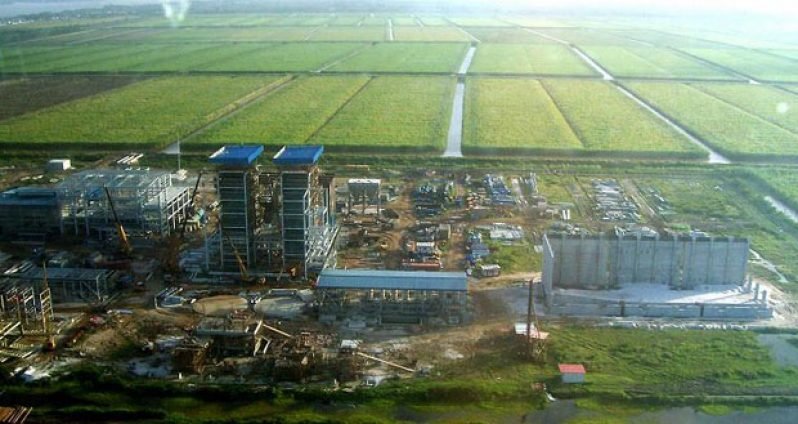Close

In a landmark revival of one of Guyana’s oldest and most culturally significant industries, the government has delivered on its promise to rejuvenate the sugar sector—particularly across Regions 3 to 6, spanning the East Coast and Central zones. Following years of decline, sugar production surged by 28% in 2023, reaching 60,204 tonnes, as reported by the Guyana Sugar Corporation (GuySuCo) (source).
This growth is more than just an industrial achievement—it is a direct investment in communities, livelihoods, and national pride. Nearly 4,700 jobs have been restored in the sugar sector, reversing years of uncertainty that followed the closure of estates during the previous administration. Many of these jobs were created through the rehabilitation and partial reopening of key estates such as Rose Hall and Albion in Region 6, and Uitvlugt in Region 3. These efforts have provided renewed income and dignity to thousands of families (source).
The revival strategy goes beyond reactivating cane fields. The government invested in mechanical upgrades, drainage improvements, and agro-processing capacity, all of which are enabling GuySuCo to become more sustainable and resilient to climate challenges. Additionally, vocational training programs have been launched to equip new workers with modern agricultural skills, further strengthening the industry’s human capital.
The Government, emphasized the importance of sugar in Guyana’s socio-economic fabric, noting that the revival represents “not just an economic boost but a moral commitment to communities that built this country’s agricultural identity” (source).
In Berbice and Demerara, small businesses are again thriving in the shadows of active sugar estates, as demand for transportation, retail, and food services has returned. This multiplier effect underlines why the sugar sector is considered pivotal—not just for agriculture, but for balanced regional development.
With production trending upward and regional economies visibly recovering, the sugar revival is not merely a story of output—it’s a story of hope, of families regaining stability, and of communities rediscovering their purpose.
This is what real progress looks like.

The Guyana Project is an independent media platform delivering fact-checked, ground-level reporting on politics, economy, and public life in Guyana. With a focus on transparency and development, we bring unfiltered news and thoughtful analysis to help shape a more informed, forward-looking nation.


Lorem Ipsum is simply dummy text of the printing and typesetting industry. Lorem Ipsum has been the industry’s standard dummy text ever since the 1500s, when an unknown printer took a galley of type and scrambled it to make a type specimen book. It has survived not only five centuries, but also the leap into electronic typesetting, remaining essentially unchanged. It was popularised in the 1960s with the release of Letraset sheets containing Lorem Ipsum passages, and more recently with desktop publishing software like Aldus PageMaker including versions of Lorem Ipsum.
t is a long established fact that a reader will be distracted by the readable content of a page when looking at its layout. The point of using Lorem Ipsum is that it has a more-or-less normal distribution of letters, as opposed to using ‘Content here, content here’, making it look like readable English. Many desktop publishing packages and web page editors now use Lorem Ipsum as their default model text, and a search for ‘lorem ipsum’ will uncover many web sites still in their infancy. Various versions have evolved over the years, sometimes by accident, sometimes on purpose (injected humour and the like).
Contrary to popular belief, Lorem Ipsum is not simply random text. It has roots in a piece of classical Latin literature from 45 BC, making it over 2000 years old. Richard McClintock, a Latin professor at Hampden-Sydney College in Virginia, looked up one of the more obscure Latin words, consectetur, from a Lorem Ipsum passage, and going through the cites of the word in classical literature, discovered the undoubtable source. Lorem Ipsum comes from sections 1.10.32 and 1.10.33 of “de Finibus Bonorum et Malorum” (The Extremes of Good and Evil) by Cicero, written in 45 BC. This book is a treatise on the theory of ethics, very popular during the Renaissance. The first line of Lorem Ipsum, “Lorem ipsum dolor sit amet..”, comes from a line in section 1.10.32.